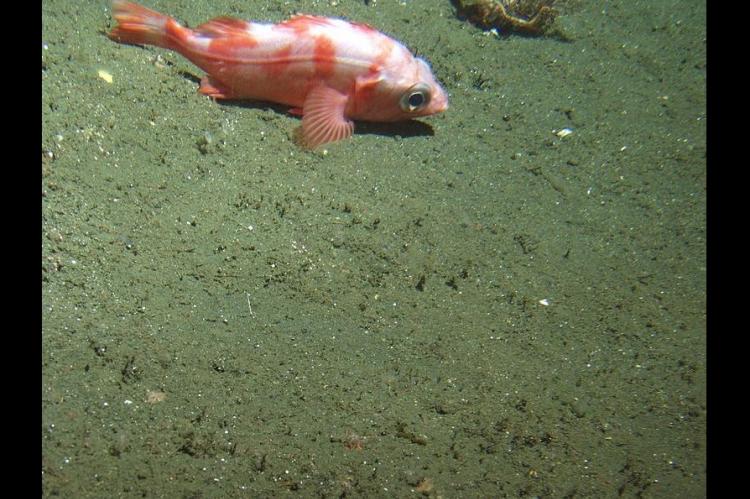Juvenile splitnose rockfish siblings stick together
Based on research at Oregon State University (OSU), a splitnose rockfish’s thousands of offspring stick together in groups from the time they are released into the open ocean until they move to shallower water.
The study sheds new light on how rockfish disperse through the ocean and “recruit,” or take up residence in nearshore habitats.
“When you manage populations, it’s really important to understand where the young are going to and where the young are coming from – how populations are connected and replenished. […] We don’t know fully by what mechanisms the larvae are staying together, but these data are suggestive that behavior is playing a role,” said Su Sponaugle, a professor of integrative biology based at OSU’s Hatfield Marine Science Center.
The discovery of “spatial cohesion” among the larvae came via the collection of newly settled rockfish in a shallow nearshore habitat off the central Oregon coast. Nearly 500 juvenile fish that had started out up to six months earlier as transparent larvae at depths of several hundred metres were collected and genetically analysed. The results showed that 11.6 percent had at least one sibling in the group.
"That's much higher than we would have expected if they were randomly dispersing," Sponaugle said.
A female can release thousands of able-to-swim larvae at a time. Adult splitnose rockfish live in deep water – usually 100 to 350 meters – but juveniles often settle in nearshore habitats less than 20 meters deep after spending up to a year in the open sea. Taking into account dynamic influences like the California Current, siblings recruiting to the same area suggest they remained close together as larvae instead of diffusing randomly and then reconnecting as recruits.
“This totally changes the way we understand dispersal,” said lead author Daniel Ottmann, a graduate student in integrative biology at the Hatfield Marine Science Center. “We’d thought larvae were just released and then largely diffused by currents, but now we know behavior can substantially modify that.”
Splitnose rockfish range from Alaska to Baja California. Pelagic juveniles (juveniles in the open sea) often aggregate to drifting mats of kelp, and the large amount of time larvae and juveniles spend at open sea is thought to enable them to disperse great distances from their parental source.
“This research gives us a window into a stage of the fishes’ life we know so little about,” added Kirsten Grorud-Colvert, an assistant professor of integrative biology at OSU’s Corvallis campus. “We can't track the larvae out there in the ocean; we can’t look at their behaviour early and see where they go. But this genetic technique allows us to look at how they disperse, and it changes the conversation. Now that we know that siblings are ending up in the same places, we can consider how to more effectively manage and protect these species.”
Because larval aggregation shapes the dispersal process more than previously thought, Ottmann said, it highlights the need to better understand what happens in the pelagic ocean to affect the growth, survival and dispersal of the larvae.
“Successful recruitment is critical for the population dynamics of most marine species,” he said. “Our findings have far-reaching implications for our understanding of how populations are connected by dispersing larvae.”
Besides the scientific aspects, there is also the “gee whiz” factor of the discovery, as Grorud-Colvert described it: “These tiny little fish, a few days old, out there in the humongous ocean, instead of just going wherever are able to swim and stay close together on their epic journey. These tiny, tiny things, sticking together in the open ocean – it's cool.”


